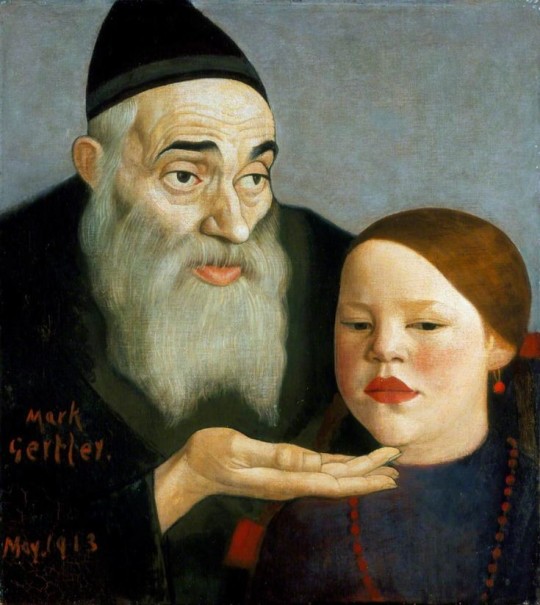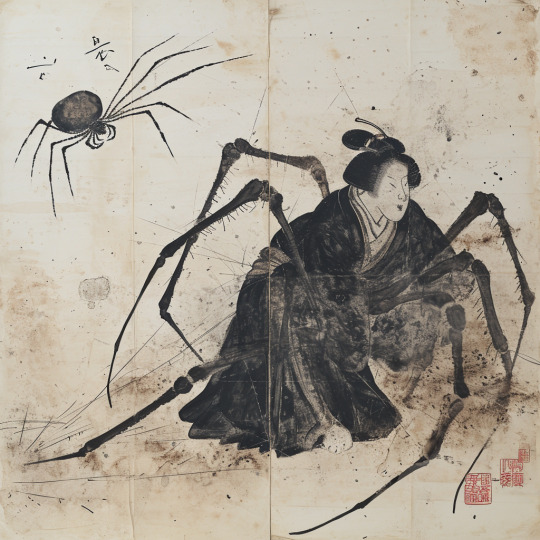Don't wanna be here? Send us removal request.
Text

The Triumph of Death (unknown artist) 1440-5 Palermo/Italy
0 notes
Text

The Forty Martyrs of Sebaste
Ivory relief icon from Constantinople, 10th century (Bode Museum, Berlin).
0 notes
Text

Roland Petersen — Shades of Blue (triptych; acrylic on canvas, 1990)
909 notes
·
View notes
Text




Wolfgang Laib's work with pollen he collects from plants (here showing pine pollen).
12 notes
·
View notes
Text


Cy Twombly, preparatory sketches from 1961
191 notes
·
View notes
Text

Afro-Brazilian mosque. — Porto Novo, Benin
14 notes
·
View notes
Text

"Those painters who, painting graceful creatures in the prime of life, seek to superimpose on the painted subject some further element of charm or elegance sprung from their free imagination disfigure the entire portrayed creation, are untrue to their model, and thereby deviate to an equal extent from true beauty."
— Abraham Ortelius
13 notes
·
View notes
Text

Jorōgumo, Edo period. A type of yōkai in the form of a demonic spider in Japanese folklore, that takes the form of a beautiful woman, seducing and consuming unwary men.
2K notes
·
View notes
Text
We do not "use" the computer — we negotiate with it to try and make it do the things we want it to do, because the incentives behind modern software development no longer align with the user.
– Edward Zitron, "What We're Fighting For" (2025) Link
26 notes
·
View notes
Text



Wim T Schippers "Peanut Butter Platform" / museum visitors
In 2011, an iteration of this 1969 floor-bound installation was damaged on several occasions while on view at the Boijmans van Beuningen Museum in Rotterdam.
The work itself is true to its name: 1,100 liters of creamy peanut butter spread over a 14x4m expanse on the ground. Unfortunately, this iteration of the piece was installed without guardrails, which led to four separate visitors accidentally stepping onto the artwork.
In the wake of these events, museum officials refused to cordon off the piece, explaining that such an intervention would not be aesthetically pleasing. They did, however, send each of the museum visitors a bill for the restoration of the piece, which involved museum staff applying new layers of peanut butter to even out the surface.
15 notes
·
View notes
Photo

Karl Hubbuch (German, 1891 – 1979)
View of Marseille (Blick auf Marseille), 1928/29
Ink brush and pen and watercolor on Arches vellum, 50.7 × 66.2 cm
75 notes
·
View notes
Text

The Large Cloth of Abuse (1968) by Sigmar Polke
“An all-text painting by German painter and photographer Sigmar Polke, also known as The Great Bitching Sheet, or Das grosse Schimpftuch in German.
To create The Large Cloth of Abuse, Polke painted in black a series of German swear words and abusive terms onto several stitched-together sheets of flannel, to form a roughly 13-by-14-foot (3.9-by-4.2-metre) piece of fabric. Before this work was shown in a 1976 exhibition, Polke had his photograph taken wearing the piece as a cape.” — ADDPMP
61 notes
·
View notes
Text







“Cordel literature (from the Portuguese term, literatura de cordel, literally “string literature”) are popular and inexpensively printed booklets or pamphlets containing folk novels, poems and songs. They are produced and sold in street markets and by street vendors in Brazil, mainly in the Northeast. They are so named because they are hung from strings to display them to potential customers, and the word for rope in Portuguese is corda, from which the term cordel is derived.” — Wikipedia
514 notes
·
View notes





